Personal Safety
Wilderness Survival | Ways You Can Be Injured In The Wild
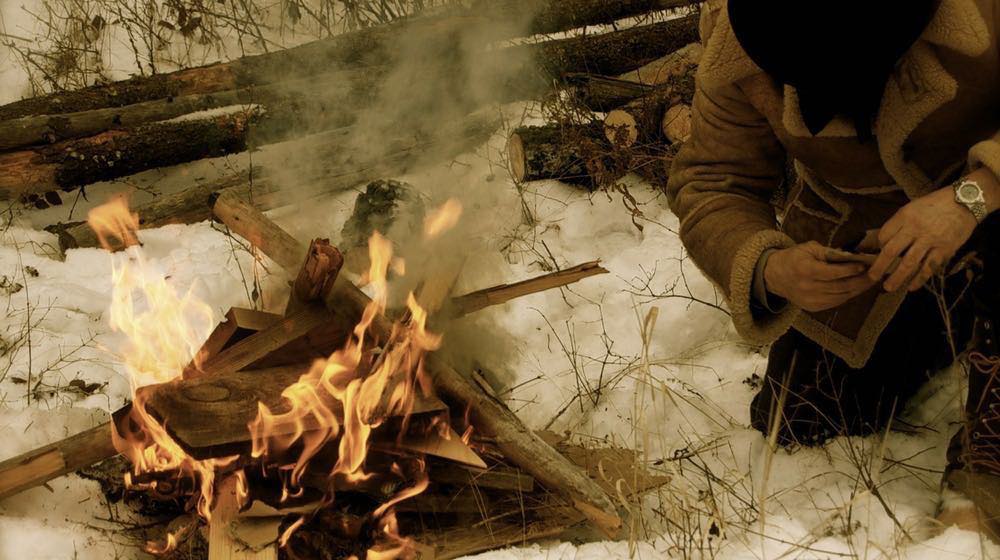
Educating yourself with how you can get injured in the wild would be beneficial for your wilderness survival.
People can get in trouble while in the wilderness, in worst cases, others die. While this may seem far-fetched to you, some circumstances can get pretty bad really quick. It’s best to be aware of the common ways you can be injured and know how to survive just in case something out-of-hand happens.
Wilderness Survival | Things To Watch Out For Outdoors
Exploring the wild can get a little rough especially when mother nature wants to give you a little challenge. You can either feel helpless and afraid when you’re alone or you can channel your inner Bear Grylls and be the master of improvised wilderness skills. We narrowed down some of the unexpected circumstances or injuries that could happen to you. Here’s a list of ways you can be injured in the wild and how to avoid serious wilderness survival mistakes.
1. Broken Bones, Head Injuries, or Spinal Cord Injuries
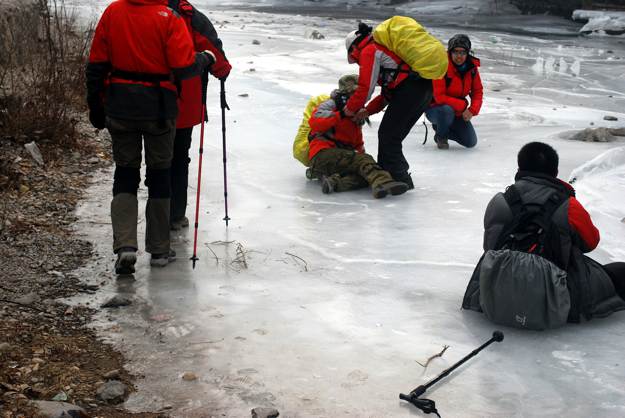
When you’re out in the wild, the most common accident that can occur is slipping and falling. This can result in a simple bruise in your leg or knee or more serious injuries such as broken bones, head injuries, and spinal cord injuries. You should always carry bandages to wrap around the injury or you can make your own crutch with a branch for first aid. Additionally, you need to be more cautious when you tread an unknown path to avoid accidental slips and falls.
I would recommend bringing trekking poles or walking sticks with you if you’re going to cross rivers or tread an uphill or downhill path. Walking sticks help you balance, thus, reducing the risks of slipping and falling.
2. Thunderstorms and Lightning
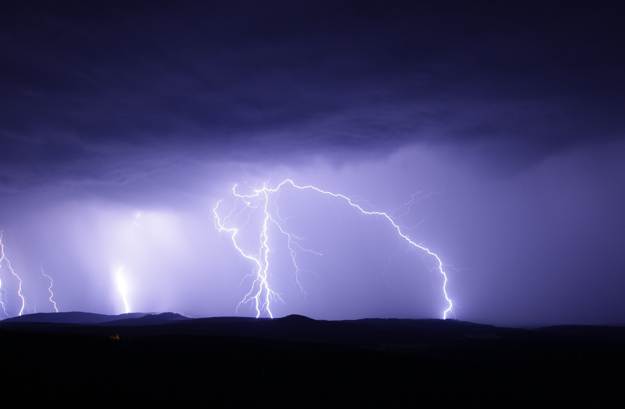
Being deep in the woods where the mountain creates its own weather, thunder and lightning are inevitable. Lightning tends to strike in the afternoon, therefore it’s safest to hike in the early hours of the morning.
If you get caught in a lightning storm and don’t have a shelter nearby, find the best landscape near you. A cave would be one of the best choices or get inside a tree-heavy area. You should get away from exposed areas and avoid tall solitary trees. Get as low as possible. Crouch and hug your body into your knees to keep you low. Ensure your brain, heart, and lungs are not directly against the ground.
3. Forest Fire
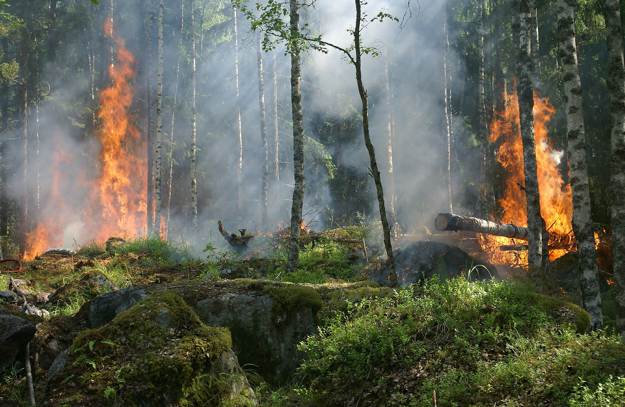
Due to extreme heat, forest fires can happen in a split second. You need to look around you and search for signs. Move to lower elevation when the fire is coming from a higher ground. On the contrary, when the fire comes from the lower ground, you should travel carefully and strategically to avoid the heat and flames. Try reaching bodies of water that can help stop the fire.
4. Poisonous Vegetation
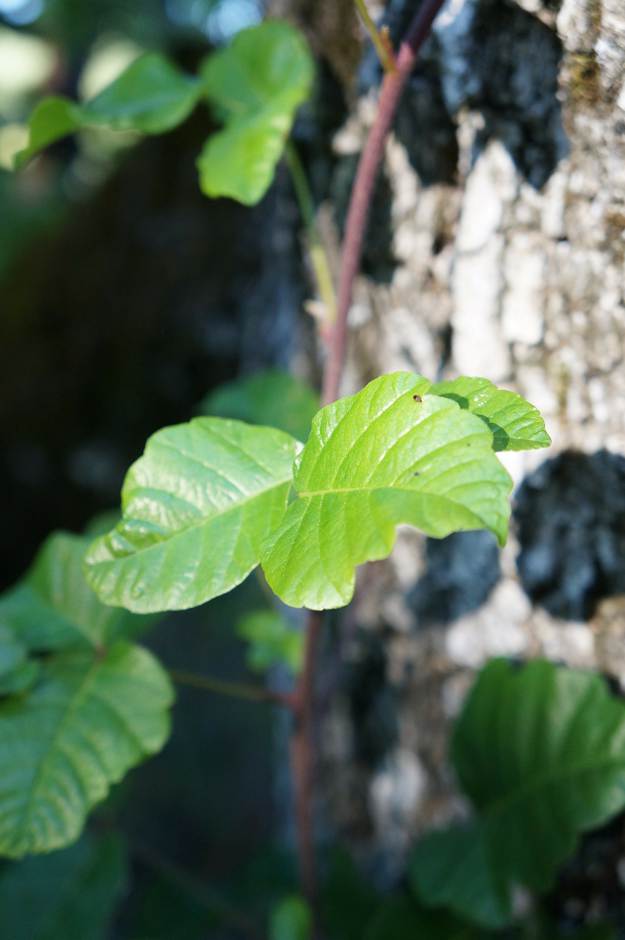
In the wild, you’ll be submerged in plants and trees and sometimes, it would be hard to identify what is poisonous or not. Poison oak, poison ivy, and poison sumac are among the most common poisonous plants you should be aware of as they can cause severe itching. Here’s how you can identify them:
- Poison oak normally grows in clusters of three but there are some varieties having five, seven, or nine leaves per cluster. This poisonous plant grows as a shrub, bearing white or greenish yellow berries.
- Poison ivy grows as a low shrub, ground cover, or a vine climbing up most trees. Its leaves are solid green in color, which can either be dull or glossy. Like poison oaks, it grows in clusters of three. During summer, the plant produces yellow-green flowers and white berries.
- If you’re in a swampy location, beware of poison sumac as it normally thrives in these areas. This plant bears seven to thirteen leaflets and its leaves sometimes have dark brown to black spots filled with urushiol — an oily organic compound causing allergic reactions.
The best way to refrain from getting an itchy rash from these poisonous plants is to identify them immediately. Also, always stay on paths and avoid wandering or touching trees or plants you’re unfamiliar of.
5. Animal Attack
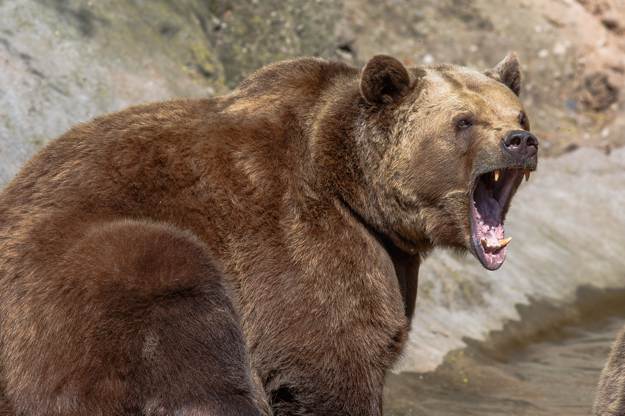
Being one with nature also means having to share with the wild animals their natural habitat. Grizzly bears can be avoided by a special pepper spray, whereas lions and wolfs can easily shy away from you except when it’s been a long time since their last meal.
Alligators in bodies of water can be avoided by running away in a direct, straight line to the opposite direction. If you’ve heard of running in a zig-zag line, that’s not going to work with gators. Stick with the straight line and run as fast as you can!
A bite from either a non-venomous or venomous snake can give you major pain and can also cause severe irritation, depending on the person. The best way to avoid snake bites is to simply avoid snakes. Always pay attention to your surroundings as snakes can hide and strike in a split second. Use a stick to poke around when gathering wood or food and watch for movements on the ground.
If there’s a wolf attack, stand still and stand up tall. Don’t make direct eye contact; it’s as if you’re challenging them. Just slowly back away from the wolf and raise your arms to help you appear larger.
Moreover, always carry a knife so you can stab your predators in cases of close encounters and always be ready to run. Another general rule when you’re outdoors is to not cook where you sleep. The smell of food is like an open invitation for wild animals in your camping ground, which could result in an animal attack.
6. Hypothermia

The weather outdoors can go from extreme heat to extreme cold real quick. To avoid hypothermia, you can engage in a simple exercise so your body will naturally produce heat and build a fire on your camping site using dry logs and downed trees. You can also avoid going near cold bodies of water so you won’t accidentally slip and freeze.
7. Hyperthermia
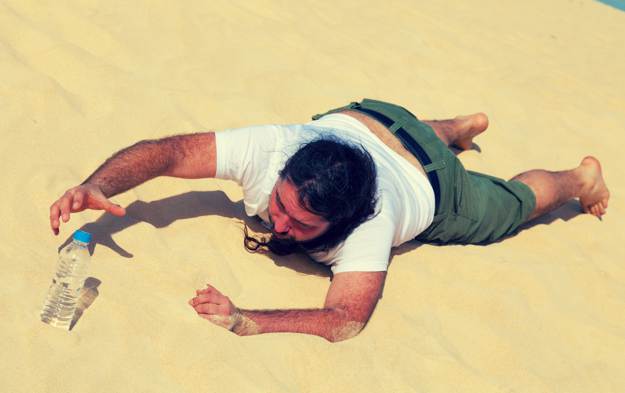
If you’re exposed to extreme heat, then you’re at risk of hyperthermia. Basically, this happens when one’s body absorbs more heat than it should release. To avoid hyperthermia, it’s vital to drink plenty of water. Also, find a shady spot where you can cool off and rest. You should also wear cool clothing to lessen the chances of suffering from hyperthermia.
For wilderness survival tips when you’re alone, watch this video from Tom McElroy-Wild Survival:
When out in the wilderness, there are circumstances out of your control. However, when your life is on the line, you have to make the right decisions in order to survive. There’s no better way to prepare yourself for these life-threatening situations than learning how to make your surroundings work to your advantage. The secret to wilderness survival is preparation, so make sure you’re ready before going out there!
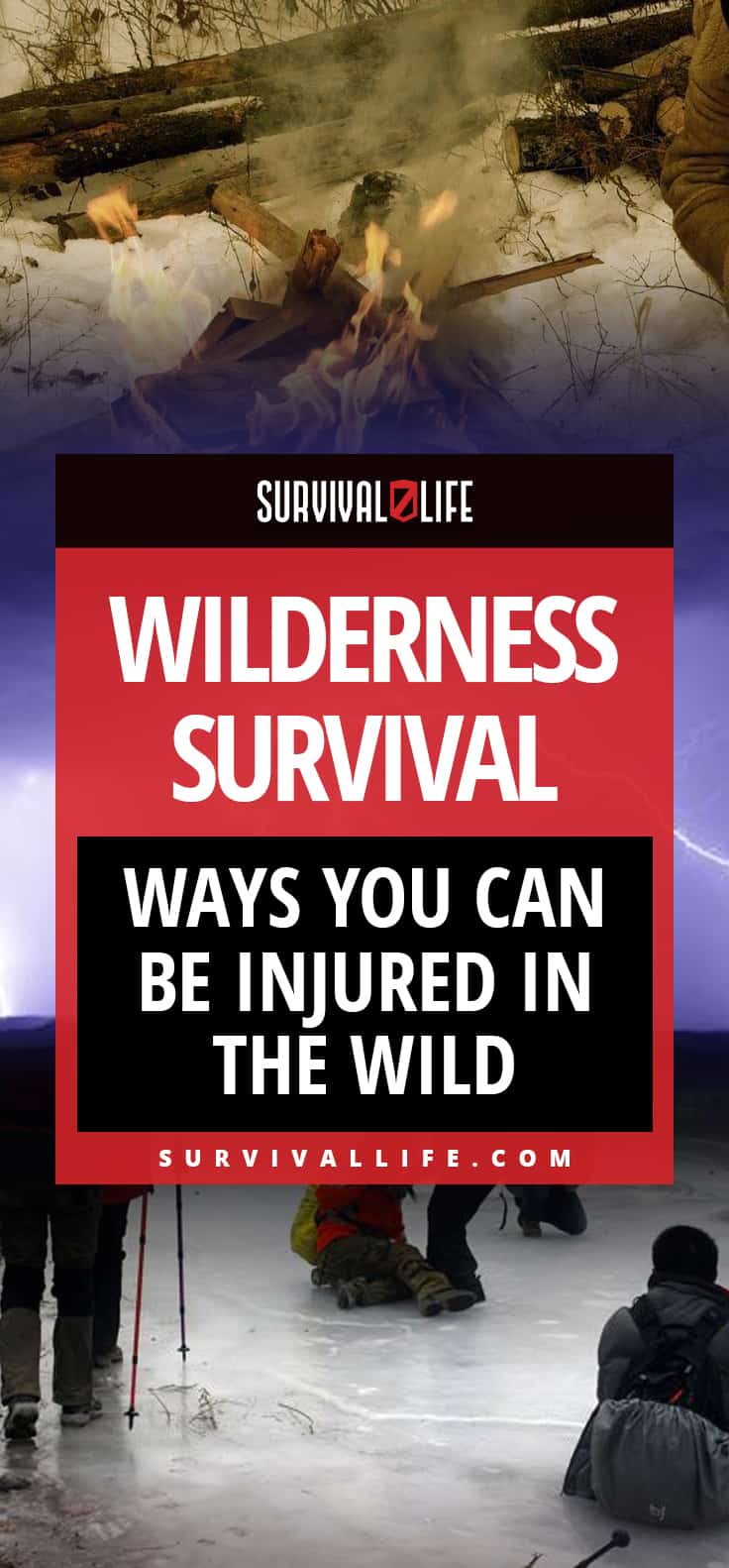
Have you had any injuries outdoors? What did you do for your wilderness survival? Share your Survival Life stories in the comments section below!
Up Next: 7 Simple Survival Techniques That Could Save Your Life
Follow us on Facebook, Instagram, Twitter, Pinterest, and Tumblr!
-

 Do It Yourself7 months ago
Do It Yourself7 months agoParacord Projects | 36 Cool Paracord Ideas For Your Paracord Survival Projects
-

 Do It Yourself9 months ago
Do It Yourself9 months agoHow To Make Paracord Survival Bracelets | DIY Survival Prepping
-

 Do It Yourself9 months ago
Do It Yourself9 months ago21 Home Remedies For Toothache Pain Relief
-

 Do It Yourself10 months ago
Do It Yourself10 months agoSurvival DIY: How To Melt Aluminum Cans For Casting
-

 Exports8 months ago
Exports8 months agoAre Switchblades Legal? Knife Laws By State


Pingback: 10 Amusement Park Accidents Survival | Surviving The Fun Of It All
Pingback: 8 Unusual Booby Traps to Protect Your Home
Pingback: 8 Unusual Booby Traps to Protect Your Home – Ultimate Survival Alerts
Pingback: 8 Unusual Booby Traps to Protect Your Home – survivalgear
Pingback: 8 Unusual Booby Traps to Protect Your Home | Survival Life
Pingback: Badass Camping Hacks For Your Next Trip | Survival Life
Pingback: 26 Badass Camping Hacks For Your Next Trip – Ultimate Survival Alerts
Pingback: 26 Badass Camping Hacks For Your Next Trip - Survival Patch
Pingback: How To Avoid Poison Ivy, Oak, And Sumac | Survival Life
Pingback: How To Prevent And Treat Poison Ivy, Oak, And Sumac | Primitive technology
Pingback: How To Prevent And Treat Poison Ivy, Oak, And Sumac – Ultimate Survival Alerts
Pingback: How To Prevent And Treat Poison Ivy, Oak, And Sumac - Survival Patch
Pingback: How To Prevent And Treat Poison Ivy, Oak, And Sumac
Pingback: 26 Badass Camping Hacks For Your Next Trip - Primal Survival
Pingback: Badass Camping Hacks For Your Next Trip – The Self-Sufficient Life
Pingback: 26 Badass Camping Hacks For Your Next Trip - Cooking in Quarantine
Pingback: 26 Badass Camping Hacks For Your Next Trip – Alive After USA Fall
Pingback: 26 Badass Camping Hacks For Your Next Trip – Bulletproof Survivors
Pingback: 26 Badass Camping Hacks For Your Next Trip | Best Go Bag
Pingback: 8 Booby Traps To Protect Your Home - Survival Shot